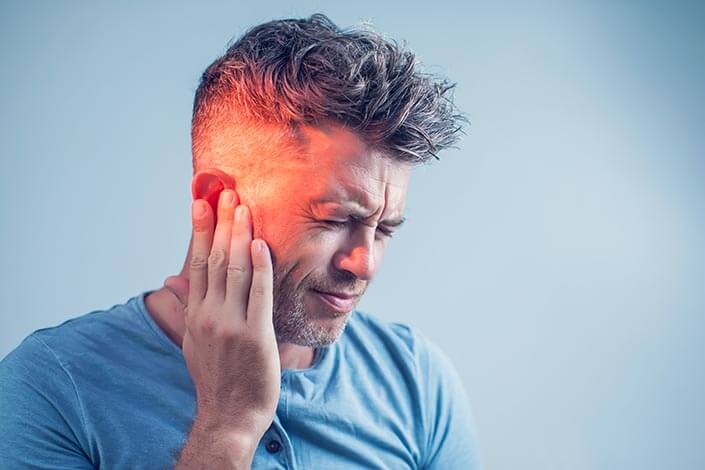Home » Our Services » Ear Infections
Ear Infections
What Are Ear Infections?
The ear is made up of many parts including the ear canal and the middle ear which are separated by the eardrum or tympanic membrane. Both of these areas can get infections but it is important to distinguish the location of the infection to treat it correctly.
Outer Ear Infections
Outer ear infections, or otitis externa, are infections of the ear canal. These can be very painful and can cause hearing loss, ear drainage and even infection of the skin of the ear and the face. Outer ear infections are often called “swimmer’s ear” but can be caused by swimming, q-tip use, ear scratching or trauma. Outer ear infections are most commonly treated with ear drops but sometimes antibiotics by mouth are needed to completely resolve them. The ear canal also often needs to be cleaned out periodically for these infections to get better. Unfortunately these infections can sometimes be slow to heal but with proper diagnosis and treatment they will be cured as fast as possible.
Middle Ear Infections
Middle ear infections, or otitis media, are caused by an infection of the middle ear which is behind the eardrum. Fluid, mucus or pus builds up behind the eardrum which can cause pain, hearing loss or ear ringing but can even cause an eardrum rupture if it is severe enough. Middle ear infections are usually treated with antibiotics by mouth. Even after the infection has resolved, there can still be fluid or mucus that remains in the middle ear which can sometimes take weeks to months to completely go away. If middle ear infections are recurrent or chronic then ear tubes may need to be placed.
Ear Tubes
Ear tubes are tiny tubes that are placed through a tiny incision in the eardrum using a microscope. Placement of ear tubes allows drainage of any fluid behind the eardrum and allows ear infections to be treated with drops instead of oral antibiotics. Ear drops are much stronger than any antibiotics that can be given by mouth because they only stay in the ear and are not absorbed by the whole body. With ear tubes in place ear infections are usually less painful because any fluid that would collect can drain out and not cause as much pressure and pain. When the middle ear fluid drains it also allows the patient to hear much better than if it were to collect behind the eardrum without a tube. The goal of ear tubes is to reduce the frequency of ear infections and reduce the symptoms of ear infections when they happen. Ear tubes fall out of the eardrum in about one year on average. Sometimes having an ear tube in place can cause a small amount of temporary hearing loss because the eardrum cannot vibrate naturally but this will resolve once the eardrum heals. It is rare but sometimes the eardrum does not heal after the tube falls out and a procedure needs to be performed to help it heal.



